When you step into a gym, it's hard not to notice those colorful straps wrapped tightly around lifters' wrists. Whether they're bench pressing, overhead pressing, or squatting heavy, wrist wraps have become a common sight. But have you ever wondered — what exactly do wrist wraps do? Are they just a stylish accessory, or is there real science behind them?
In this post, we're going to dive deep into the world of wrist wraps — their purpose, their benefits, and why they're more than just fancy gym gear. Let's get into it!
What Are Wrist Wraps, Anyway?
Before we talk about what wrist wraps do, let's quickly set the stage.
Wrist wraps are strips of sturdy material — usually made of a blend of cotton, elastic, and sometimes polyester — that are wrapped around your wrists. They fasten snugly with Velcro to provide adjustable compression and support.
But don't confuse them with wrist straps, which are used to help you grip a barbell or dumbbell more securely. Wrist wraps are all about stabilizing your wrists, not your grip.
Alright, now that we're clear on what wrist wraps are, let's get to the real question!
Wrist Wraps Provide Wrist Support
First and foremost, wrist wraps support your wrists during heavy lifting. When you're pushing or pressing significant weight, your wrists can easily bend backward under the pressure, moving out of their strongest, most stable position.
This backward bending (called wrist extension) isn't just uncomfortable — it puts a lot of strain on the ligaments and tendons in your wrist joint. Over time, or under extreme loads, this can lead to injuries like sprains, strains, or even chronic pain.
Wrist wraps help by reinforcing the joint, limiting excessive motion, and keeping your wrist in a more neutral (or slightly extended but controlled) position. Think of them like scaffolding for your joints — offering external support so your body can focus on lifting, not stabilizing.
👉 Bottom line: Wrist wraps help keep your wrists aligned and strong when the weight gets heavy.
Wrist Wraps Enhance Lifting Performance
Believe it or not, wrist wraps can actually help you lift more weight.
When your wrists are unstable, your body instinctively holds back — it knows that pushing harder could lead to injury. But when your wrists feel locked in and stable, your body feels safer pushing to its full potential.
This is especially true during:
- Bench press
- Overhead press
- Push presses
- Jerks and heavy snatches
In these movements, the wrist is under direct pressure from the load. Stabilized wrists mean better force transfer from your arms to the barbell — less energy lost to shaky joints, more energy directed into lifting.
You may find you can handle heavier loads or perform more reps once you incorporate wrist wraps intelligently into your training.
👉 Bottom line: Wrist wraps can boost your strength performance by creating a more solid platform to lift from.
Wrist Wraps Reduce Injury Risk
Nobody wants to be sidelined by a wrist injury.
The wrist joint is small and complex, made up of eight tiny bones held together by intricate ligaments. Under heavy loads, it's surprisingly easy for one wrong move to cause:
- Sprains (overstretching ligaments)
- Strains (tearing muscles or tendons)
- Tendonitis (inflammation from overuse)
- Chronic instability or pain
By wearing wrist wraps, you minimize the chances of hyperextension or overloading the wrist structures. This is particularly crucial when you're hitting new personal records or pushing limits with maximal or near-maximal efforts.
Remember, wraps don't make you invincible — proper technique always comes first — but they stack the odds in your favor.
👉 Bottom line: Wrist wraps act as a protective layer, shielding your wrists during intense training.
Wrist Wraps Improve Confidence During Heavy Lifts
Let's be honest: lifting heavy can be scary sometimes.
When you're staring down a bar loaded with more weight than you've ever lifted, the tiniest hint of instability can shake your focus. That fear — even if it's subconscious — can make you hold back.
Wearing wrist wraps provides a psychological boost. Knowing your wrists are supported gives you the extra mental edge to attack the lift with full commitment.
It's like putting on a superhero cape. You feel stronger, safer, and more capable.
And in strength training, where mindset plays a huge role, that confidence can make the difference between hitting a new PR and missing it.
👉 Bottom line: Wrist wraps help you feel more secure, leading to better mental focus and aggressive lifting.
Movements Where Wrist Wraps Shine
Wrist wraps aren't necessary for every exercise, but they can be game-changers for movements where wrist loading is significant. Here are the most common:
Bench Press
The king of upper-body strength.
In heavy benching, your wrists naturally want to bend backward under the bar. Wrist wraps help maintain a strong wrist angle, supporting a more powerful and stable press.
Overhead Press
Whether it's strict press, push press, or push jerk, pressing weight overhead demands strong wrist alignment.
Wrist wraps prevent collapsing wrists, ensuring energy flows efficiently from shoulders to hands.
Squats (High-Bar Squat Especially)
Surprised? In high-bar squats, your hands and wrists help stabilize the barbell across your shoulders. If flexibility or bar position challenges your wrists, wraps can offer critical support.
Olympic Lifts
In clean and jerk or snatch, wrists undergo rapid transitions and hold loads dynamically overhead. Wraps can cushion the impact and stabilize the joint through the complex movements.
👉 Bottom line: Use wrist wraps strategically for lifts that heavily stress the wrist joint.
Important Reality Check: Wrist Wraps Are a Tool, Not a Crutch
It's easy to fall in love with wrist wraps — the support, the performance boost, the confidence... it all feels great.
But remember: wrist wraps are meant to assist, not compensate for weaknesses.
If your wrists are weak or your technique is flawed, no amount of wrapping will fix the root problem. It's essential to also work on:
- Building wrist and forearm strength
- Improving mobility and flexibility
- Practicing perfect form, especially under heavy loads
Think of wrist wraps like seatbelts. They're there for extra protection, but you still need to be a good driver.
👉 Bottom line: Use wrist wraps wisely — don't let them replace the hard work of building real wrist resilience.
Conclusion: So, What Do Wrist Wraps Really Do?
Let's wrap this up (pun absolutely intended).
Wrist wraps are one of the simplest yet most effective tools in a lifter's arsenal. They:
- Support your wrist joints
- Enhance your lifting performance
- Reduce the risk of injury
- Boost your confidence under heavy loads
If you're pushing heavy weights in movements that stress the wrists — especially bench presses, overhead presses, and Olympic lifts — wrist wraps could be a game-changer for your training.
Just remember: they're an aid, not a replacement for solid technique and strong wrists. Train smart, lift strong, and wrap wisely!
And hey — if you're looking for a pair that's tough, comfortable, and built for serious lifters, check out our Chick-Active™ Wrist Wraps!
Designed with premium materials for maximum support and flexibility, they're perfect for taking your workouts to the next level. 💪
Now it's your turn!
Do you use wrist wraps in your training? Have they made a difference for you? Drop a comment and let's talk lifting!

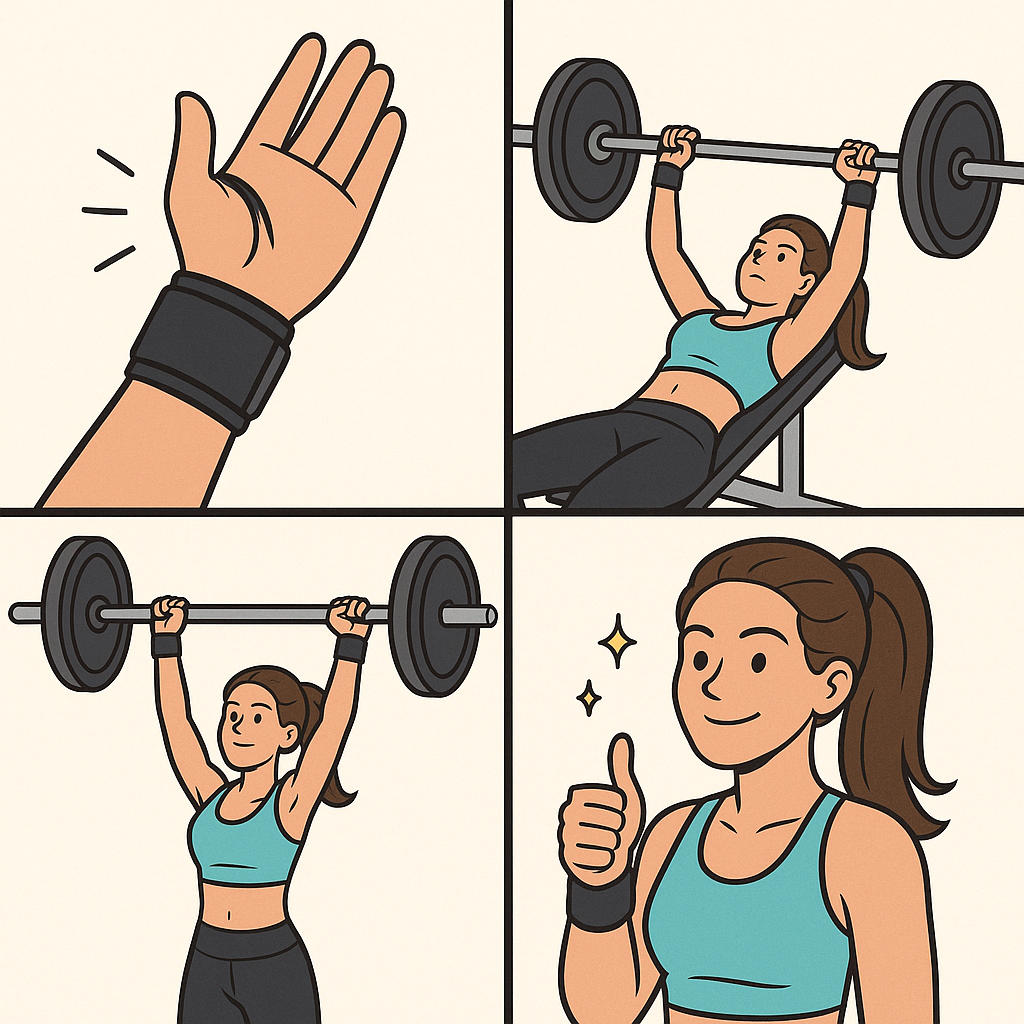
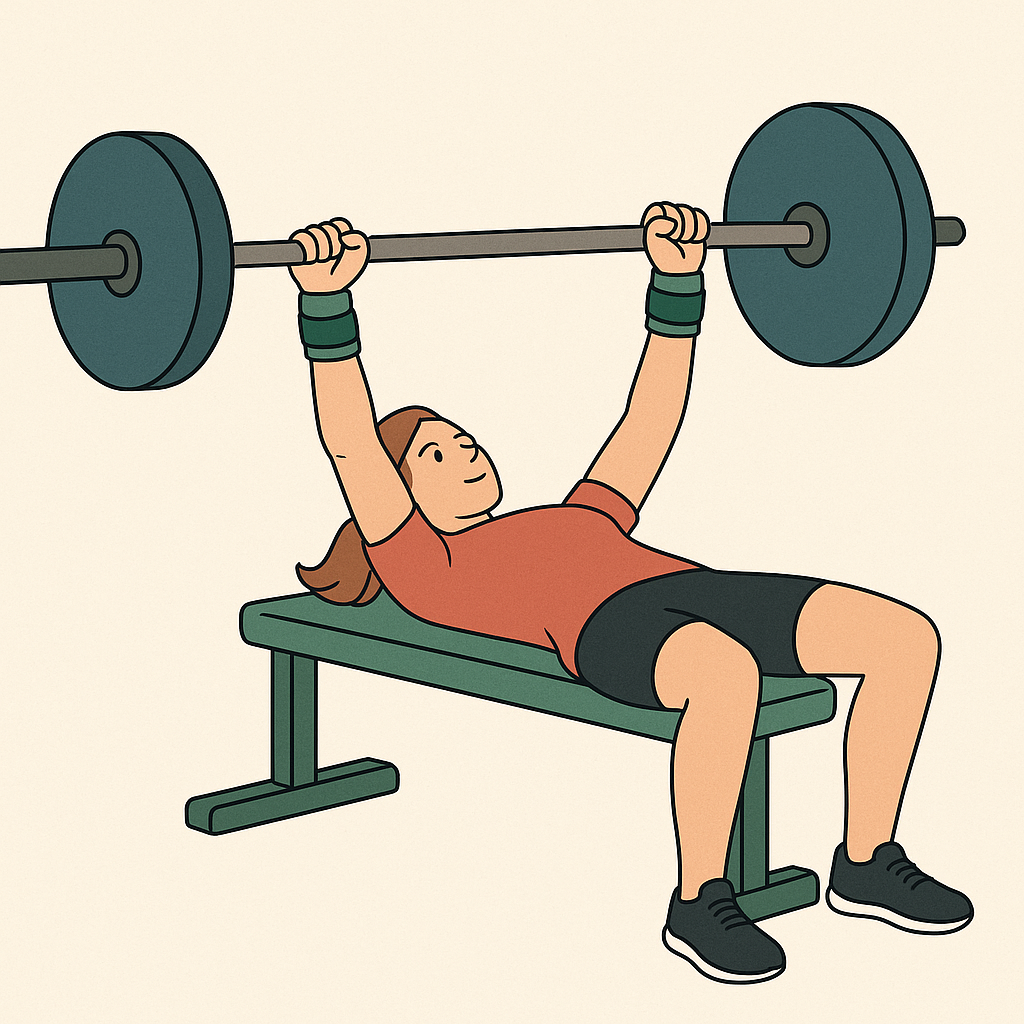
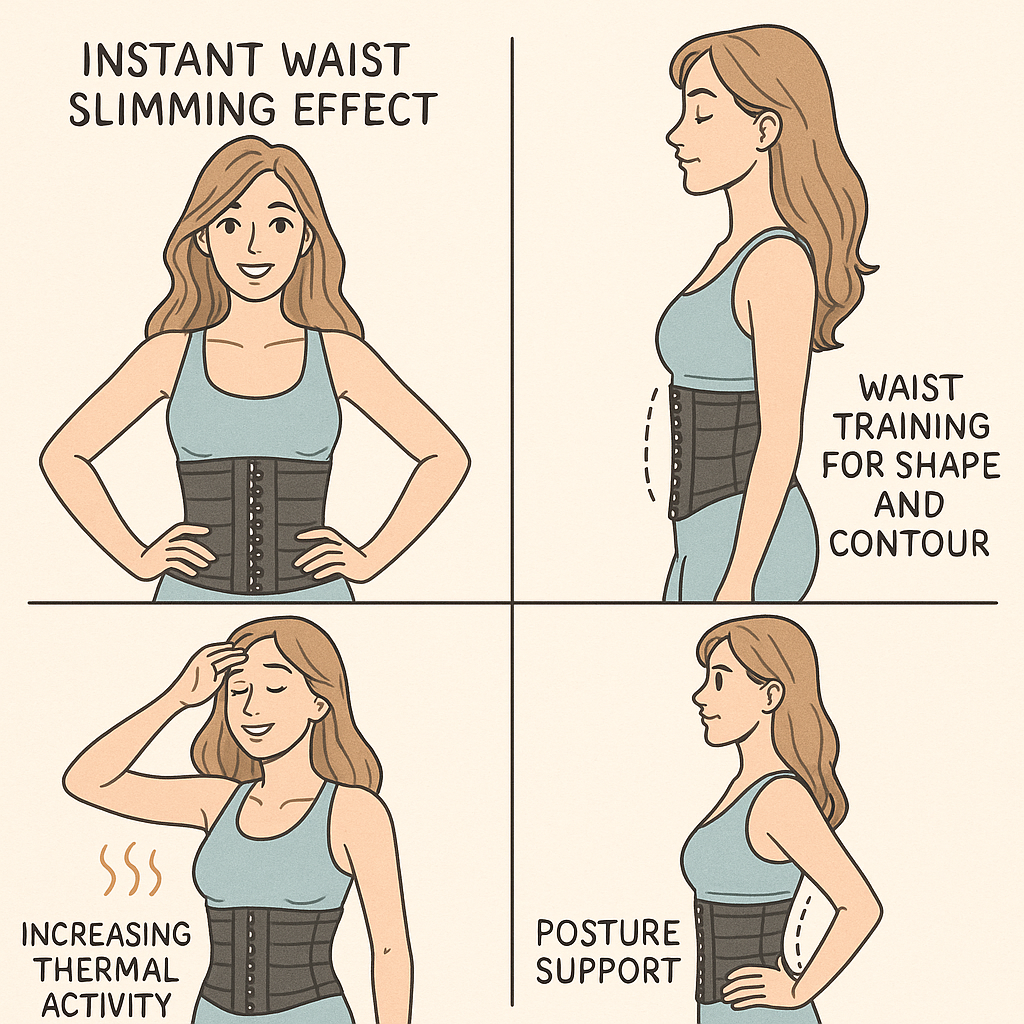
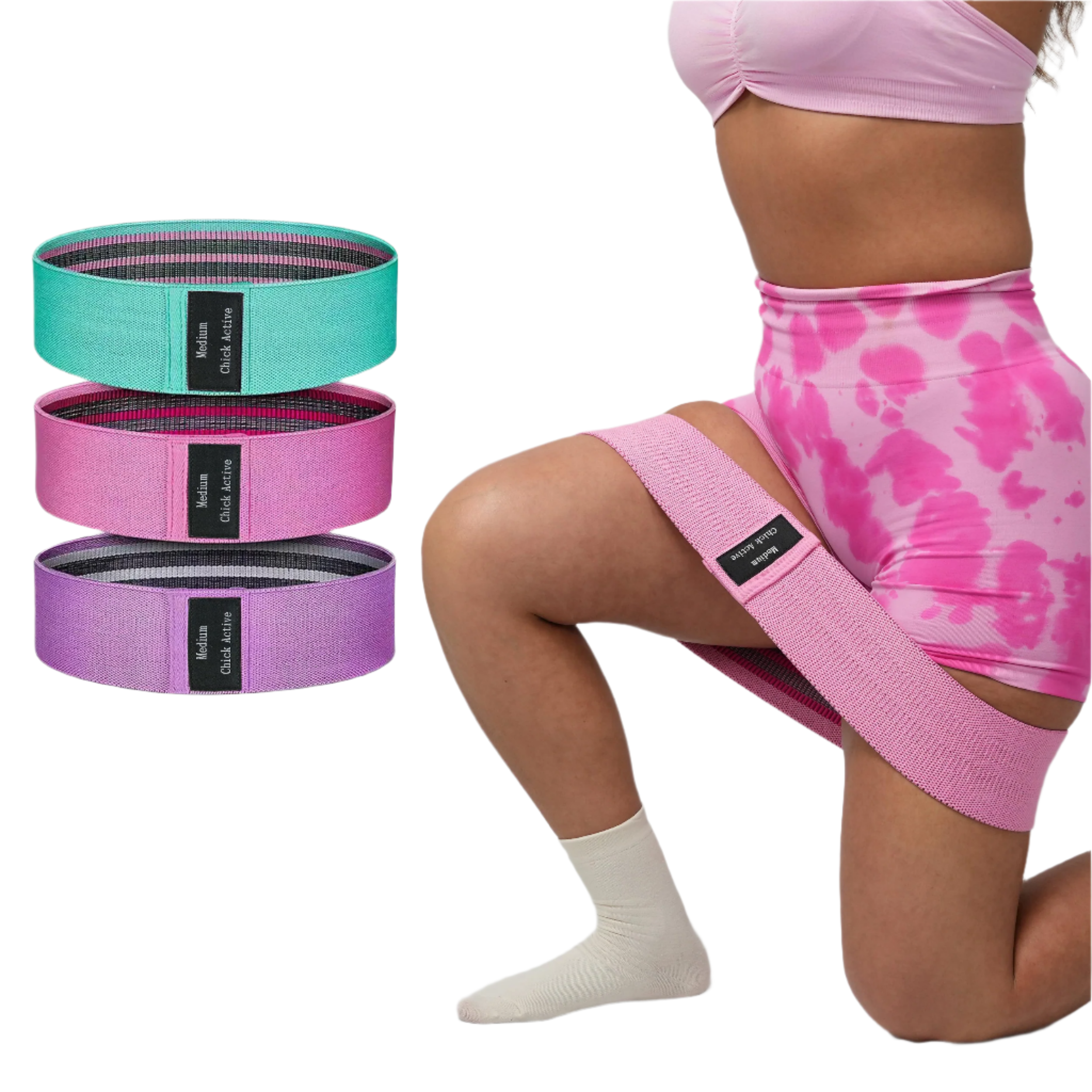
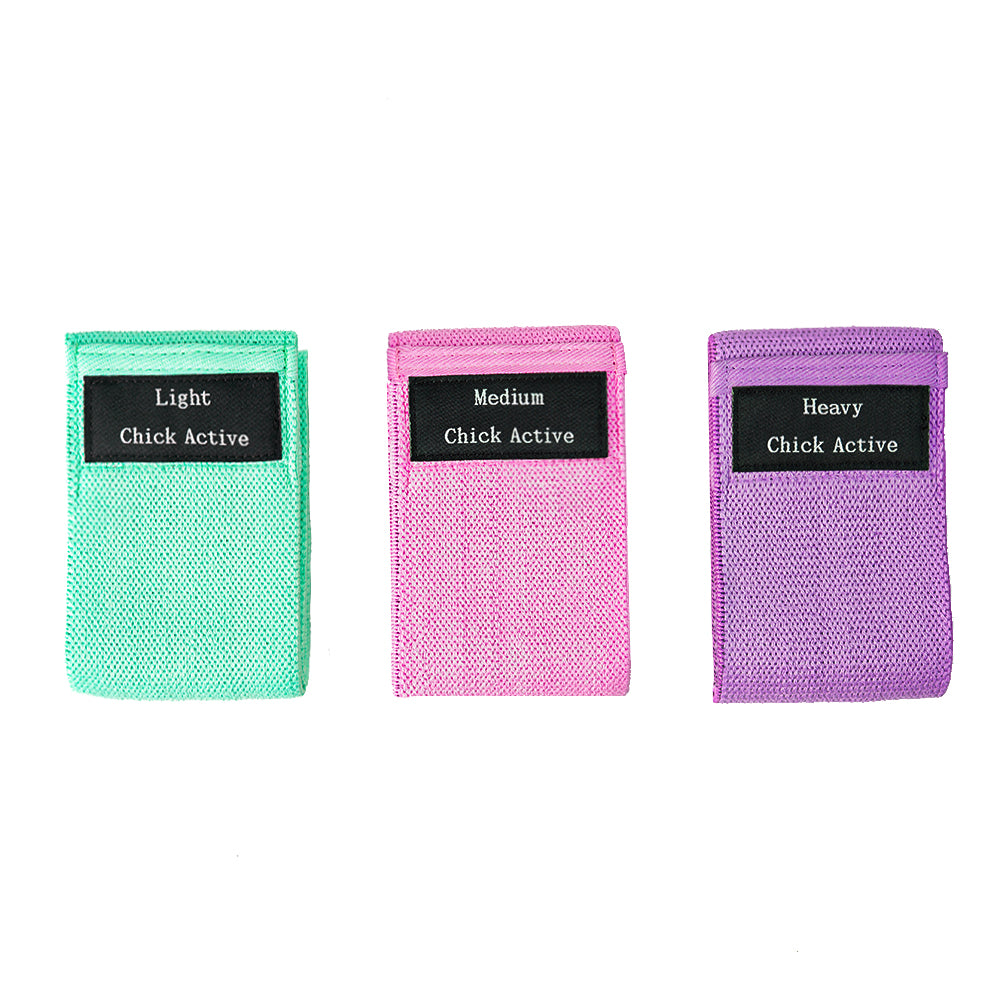
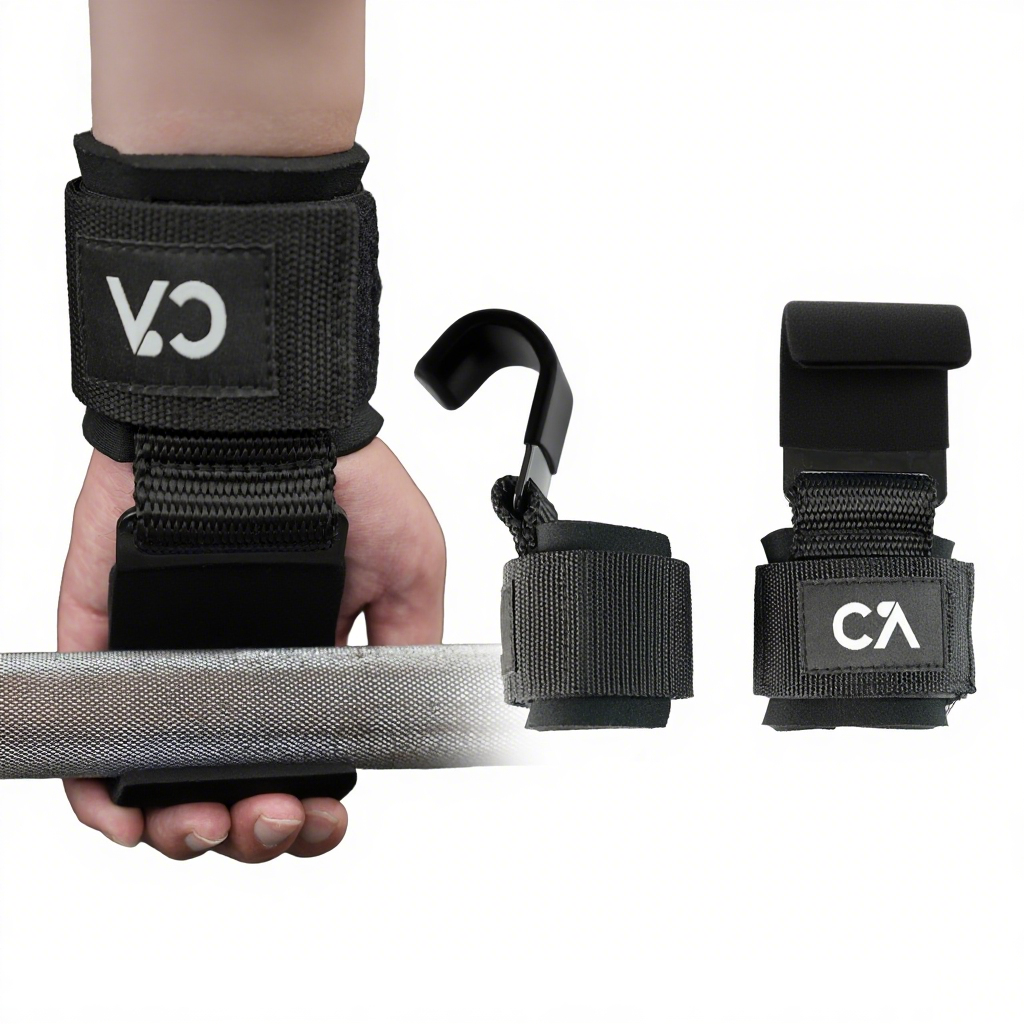
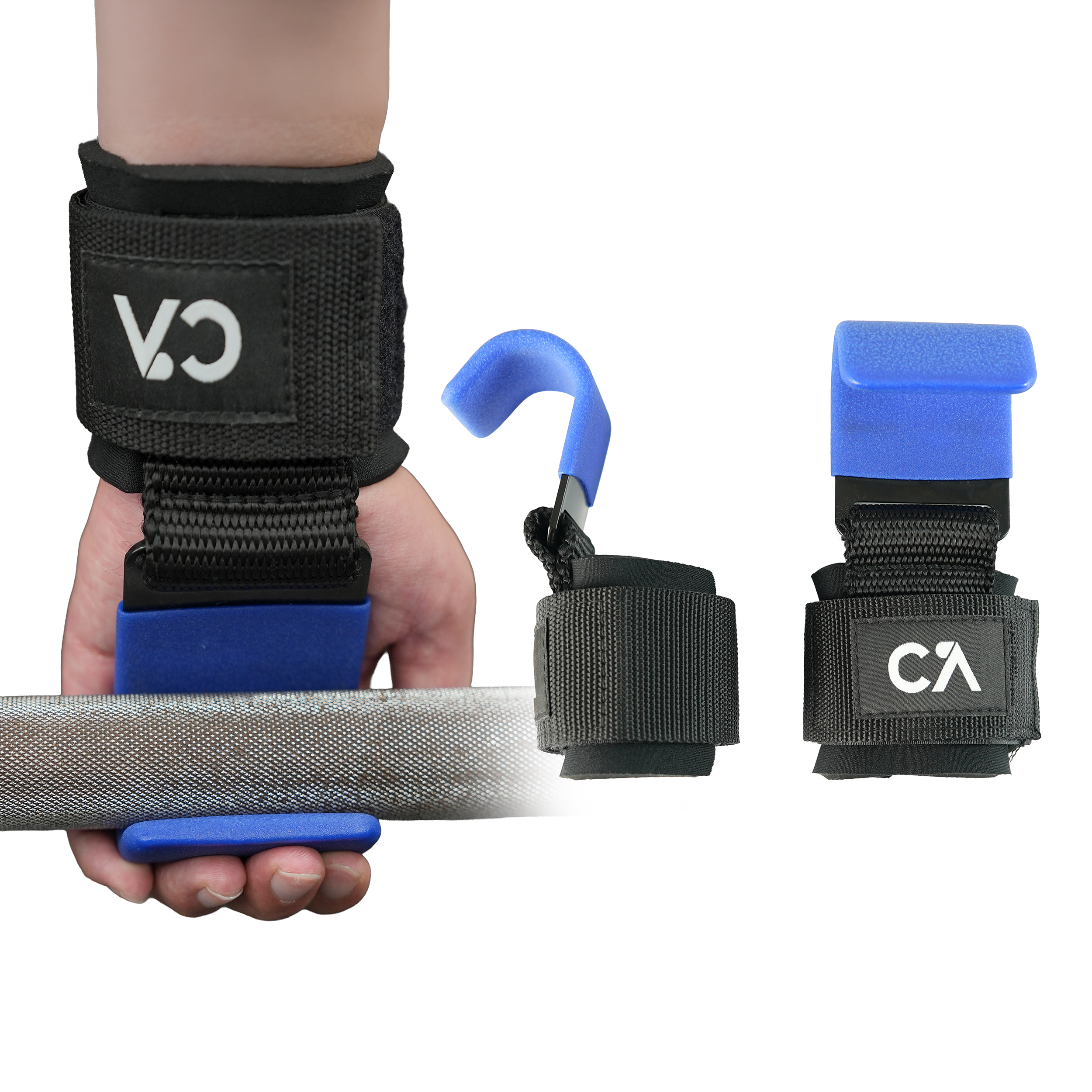

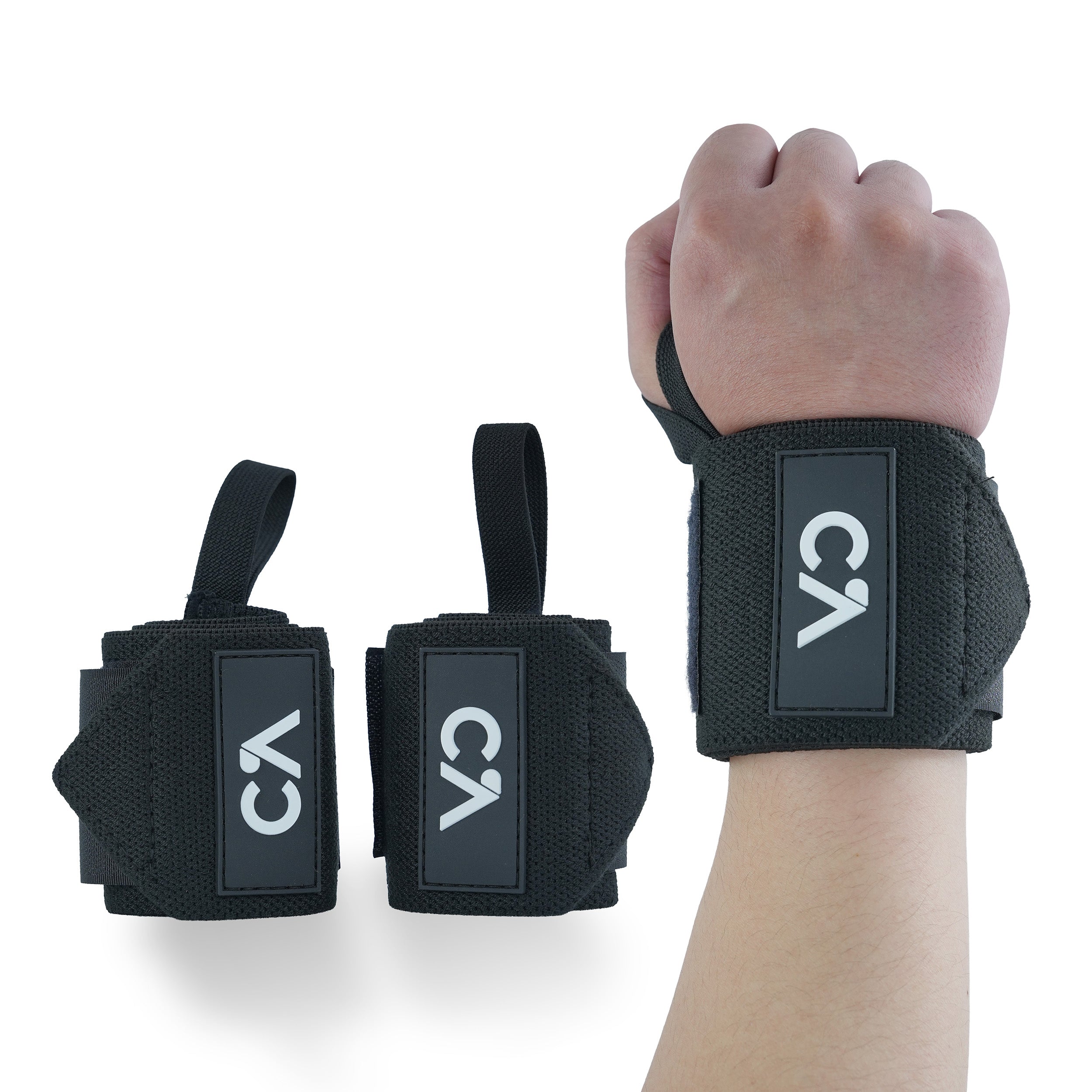
Leave a comment
All comments are moderated before being published.
This site is protected by hCaptcha and the hCaptcha Privacy Policy and Terms of Service apply.